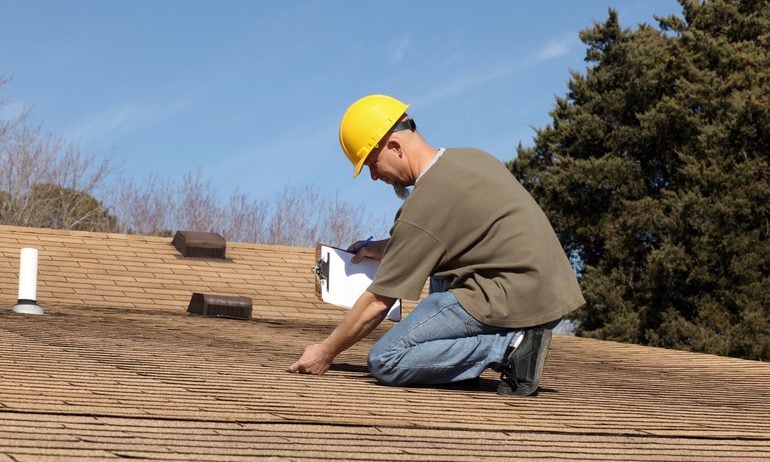Does Home Insurance Cover Termite Damage?
Homeowners insurance typically doesn't cover termite damage. Here’s how to prevent it from happening in the first place.

Many, or all, of the products featured on this page are from our advertising partners who compensate us when you take certain actions on our website or click to take an action on their website. However, this does not influence our evaluations. Our opinions are our own. Here is a list of our partners and here's how we make money.
Homeowners insurance typically doesn't cover termite damage.
Watching for early signs of termite damage can save you from costly repairs later on.
Take preventive measures to protect your home from termites.
Termite damage can cost homeowners thousands of dollars — and home insurance doesn't typically cover it. Here’s why termite damage isn’t covered by home insurance and how you can protect your home from this wood-eating insect.
Does homeowners insurance cover termite damage?
Home insurance typically doesn’t cover termite damage. That’s because insurers consider termite damage to be preventable, not a sudden, accidental event like a fire or storm. It’s the homeowner's responsibility to keep up with maintenance and deal with termite infestations immediately.
Termite damage happens over time as termites eat away at the wood in your home. The damage caused by termites can cost homeowners, on average, $3,000 to repair. It’s important to quickly deal with termite infestations before they cause significant damage. Most insurers won’t cover damage caused by a lack of maintenance.
When does home insurance cover termite damage?
Most homeowners policies specifically state that termites and other infestations aren’t covered. That said, there are rare cases when homeowners insurance may cover termite damage. Let’s take a look at two scenarios:
House fire
Suppose termites gnaw through your electrical wiring and start a house fire. Home insurance almost always covers accidental fires, so you may have coverage even if termites were the cause.
Abrupt roof collapse due to hidden termite damage
Say your roof abruptly caves in, due to termite damage. If you can prove the damage was hidden and not visible from the outside, your insurance company may cover it. However, if there were signs of termite damage before the collapse and you didn’t address it, the damage would not be covered.
Home insurance policies are incredibly detailed about what they include and exclude. If you don't see something about termite damage spelled out in your specific policy, assume it’s not covered.
How to identify termite damage
Termites can significantly damage your home's foundation, ceilings and walls. Termites like to eat cellulose, a type of plant fiber found in wood. As they feed on cellulose, they create tunnels through wooden structures.
To identify if you have termite damage, look for the following signs:
Mud tubes. These are small, tube-shaped structures made of dirt and wood. They’re often found along walls or foundations.
Swollen floors. Termite-infested floors can look swollen or warped and feel bouncy when you walk across them.
Hollow-sounding wood. Tap on wooden surfaces to see if they sound hollow, as this may indicate termite tunnels.
Cracks and holes. Check for tiny cracks and holes in wood and your home's structure, which could be signs of termites.
Types of termites
Three main types of termites can cause extensive damage to your home. Here's how to distinguish the different types.
Drywood termites infest dry wood and can be found in furniture, flooring and walls.
Dampwood termites prefer moist wood and can be found in areas with high humidity, such as basements and crawl spaces.
Subterranean termites live in soil and build mud tubes to access above-ground wood.
How to prevent termite damage
Because home insurance doesn’t cover termite damage, taking preventive measures is key to reducing your out-of-pocket costs. These tips can help you avoid termite damage.
Keep gutters clean and divert water away from your home's foundation to avoid damp environments that termites thrive in.
Fix leaky faucets and water damage promptly to avoid attracting dampwood and subterranean termites.
Regularly inspect wooden areas for signs of infestation, like termite tunnels or swollen wood.
Keep plants and firewood away from your home to reduce the risk of attracting termites.
Use gravel or shells instead of wood-based mulches.
Seal cracks in your home's foundation and walls to obstruct termite entry points.
Schedule an annual inspection with a reputable pest control company to detect any termite activity before it becomes a significant issue.

